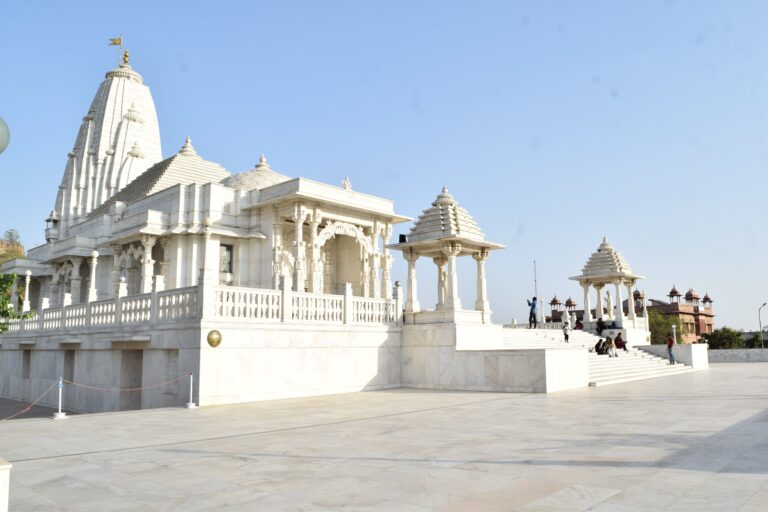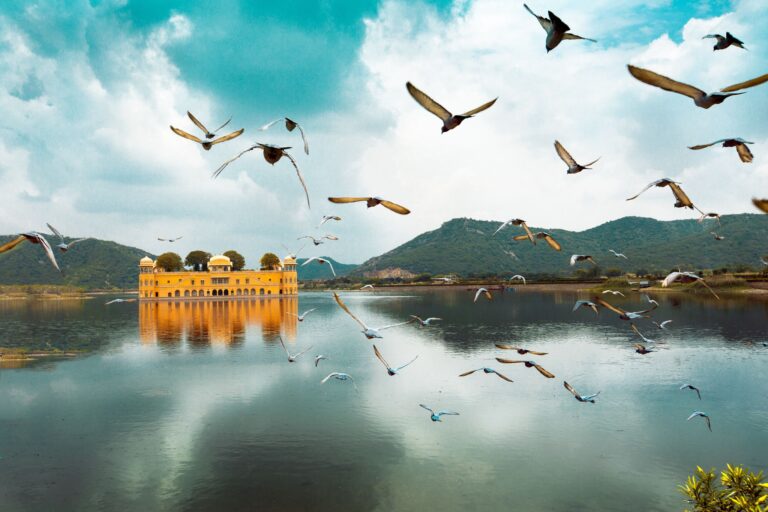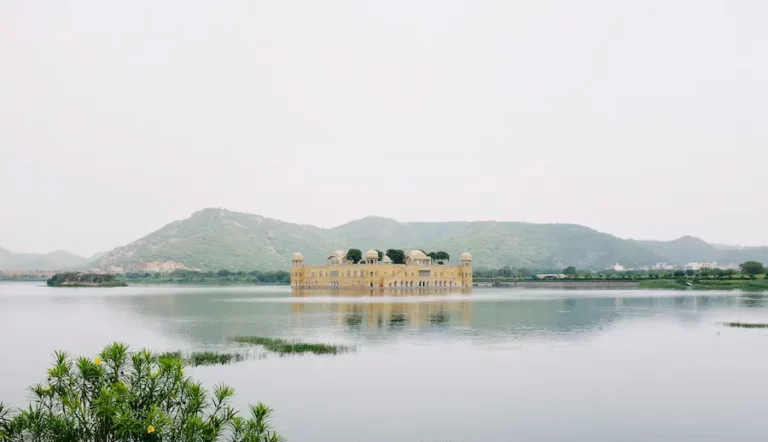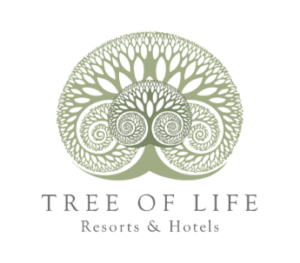TOL Eila Art Hotel Naggar
Stunning and serene panoramas of the Kullu Valley can be seen from the ancient Naggar Castle. Built by Raja Sidh Singh of Kullu around 1460 AD, the castle served as the seat of the Kullu Rajas for many years and is surrounded by the beautiful sights of the River Beas, the villages on its banks, the dense cedar woodlands, and the snow-covered Rohtang Pass. Once upon a time, a hundred years ago, it served as a hotel but now serves as a rest house.
Naggar Castle is a massive fortress that has been turned into a hotel since 1978. Local stone was used in its construction, and long planks of wood were set at regular intervals between the stone layers. The structure is ascending, with a roof made of grey slate at its peak. The original charm of the castle is being preserved by restoring its wooden brackets and carved windows. The building’s design and construction allowed it to withstand the powerful and devastating earthquake that hit the area in 1905 without much damage. The story of its construction, as told by the locals, is fascinating. There are rumours that the stones needed to construct the structure were supposed to be transported from across the Naggar River. Therefore, a human chain of labourers stood, passing the stones from hand to hand, all the way up to Bargarh fort. Gardhak was a fortified palace of Rana Bhosal, and the king was able to construct his castle out of stones salvaged from its ruins. The location provides an awe-inspiring panorama of the surrounding valley and snowy mountains.
A small temple can be found within the walls of this castle, but the mighty legend surrounding it causes it to stand out. It is widely held that the decision to make Naggar the heavenly home of all gods was made at some point. To do this, they assumed the form of honey bees with Herculean strength, hacked off a piece of Deo Tibba, and carried it to where the Jagti Patt temple now stands. Stone slab measures 5 ft x 8 ft x 6 inches in actual dimensions. Many residents of Kullu remain firm in their conviction that whenever disaster strikes, all the Kullu deities come together at this spot to help those in need. Recovered sculptures from Naggar are displayed in the palace’s inner veranda. These works are a testament to the ingenuity of the populace.
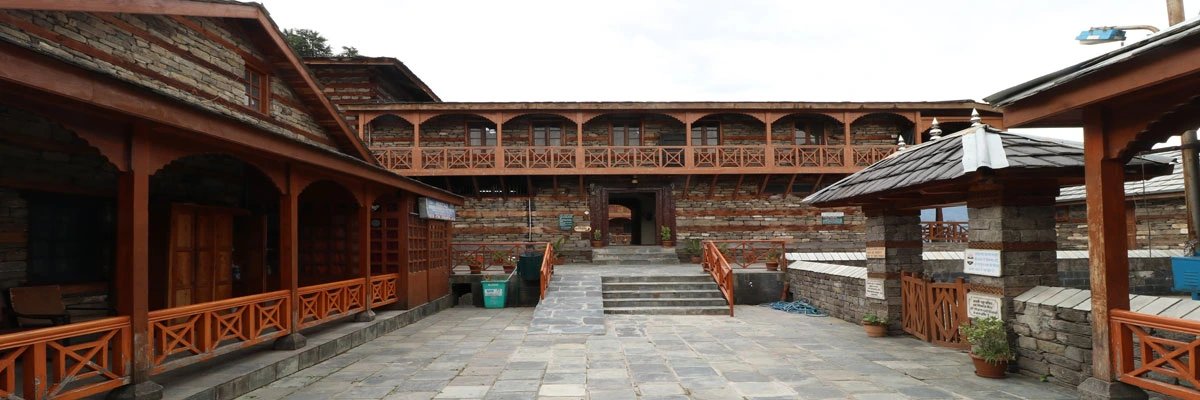
Close by are two ancient temples with very different architectural styles. A Shiva temple made of grey sandstone, dedicated to Gauri Shankar, can be found near the castle’s bazaar. Its construction dates back to the 11th or 12th century. This stone building has an umbrella-like slate roof, and it is accessed through a wicket gate, possibly to protect the shikhara from the elements. A merchant’s need to make a living has driven him to set up shop right outside the temple’s main entrance. Tripura Sundari Devi Temple is the other one, and it’s located a little further up the hill. Each of the four corners of this pagoda-style structure features a monkey and a lion carved from wood. Many beautifully carved wooden works with geometric and floral motifs can be found in the area around this temple. Above the ridge, there is a temple to Muralidhar Krishna, and there is also the tiny Chaturbhuj Temple of Lord Vishnu. The temple bells ring out unrestrainedly in the morning and evening with a melody of compassion, peace, and brotherhood. A connection between God and man is symbolised by vermilion paste markings inside the temple and on the forehead of the devout.
The majestic deodars, holy mountains, delicate waterfalls, and pristine snow that blanket the landscape of Naggar all contribute to the town’s mystical allure and sanctified atmosphere. The highest peaks in the upper Beas region are 21,760 feet and 23,050 feet, and they are surrounded on three sides by glaciers. Vegetation grows to an altitude of 10,000 feet in the summer near the Chanderkhani pass, which, at 12,200 feet, provides access to the Malana valley. The town unfolds like a pipal tree leaf on the 13,500-14,000 foot slope of Han Peak. Since Naggar served as Kullu’s capital for 1460 years, its royal lineage must also be prominently displayed. It was therefore Raja Sidh Singh, some 504 years ago, who constructed Naggar Castle.
However, after the last Raja’s financial difficulties in 1978, the building was taken over by the Himachal Pradesh Tourism District Corporation and turned into a hotel. It has been restored and is now a historic hotel. The castle is a representation of the village’s rich history, and its hybridization of western and Himalayan architectural styles is striking.
Exclusive architectural details can be found throughout Naggar Castle. The castle’s interiors are decorated with fireplaces, staircases that fit perfectly, and beautiful stone and woodwork. There are three small shrines on the castle grounds, and all three are of great religious significance. Art lovers will find Naggar Castle’s collection of incredible works to their liking. It is home to the Roerich Art Gallery, which features the works of Russian artist Nicholas Roerich, and the wooden Jagatipatt Temple. The gallery features Roerich’s original Himalayan artwork, as well as his famous quotes and notes from admirers. Traditional items such as wall hangings, coasters, and artefacts with prints of Roerich’s paintings are also available for purchase by tourists.
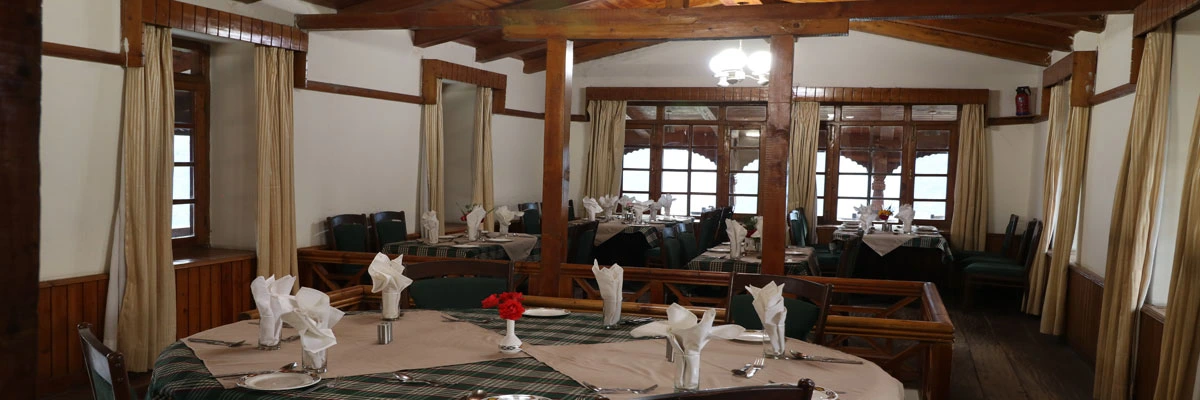
Views from Naggar Castle in the evening are magical. Even though it is not widely known or frequented, this stunning location is well worth the effort required to reach it. The town of Kullu is located in the heart of the Himalayas and has a rich history. The Roerich home in Naggar is in arguably the best condition of any structure there. There are unparalleled views of the Dhauladhar mountains on all sides of the property. All the rooms in Roerich’s house have been preserved as a museum, just as they were when he stopped living there. The beds, library, sofas, writing desks, samovars, and toiletries of the Roerich family are all on display inside.
An additional Roerich structure, Urusvati (which translates to “Light of the Morning Star”), can be found a short distance higher up a winding path. Paintings, embroidery, straw dolls, Russian dolls, musical instruments, ceramics, whistles, and jewellery boxes fill its walls.
Images Credits: Himachal Pradesh Tourism Development Corporation

